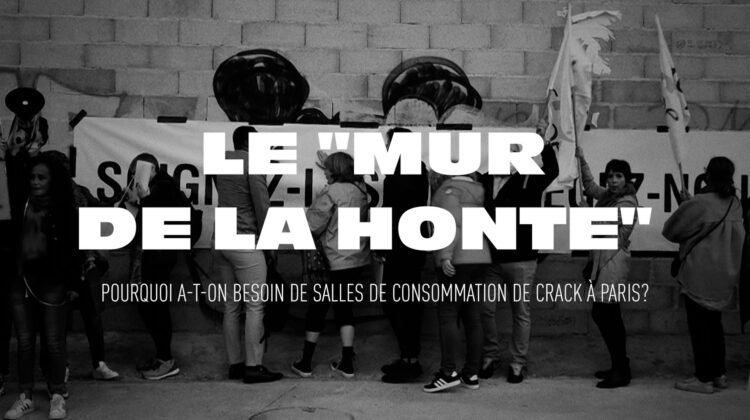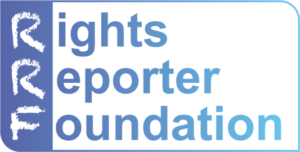In the last 3 decades marginalized people who use crack in Paris have been chased from one public park to the other by the police. Recently the police even built a wall to block the users from the rest of society. This new documentary explores the history of crack in Paris, and amplifies the voices of experts and residents who call for a better solution: safe crack consumption rooms.
An estimated thirteen thousand people use crack cocaine in the wider Paris region. There are a group of about 400 extremely marginalized users who can often be seen consuming in parks, causing a public nuisance. Despite this, in the 30 years since crack arrived in Paris, the government has only ever offered ad hoc (non)solutions to the problem, rather than having any kind of comprehensive long-term strategy. These users have merely been chased from one public place to another, without any real attempt being made to treat them. From Stalingrad square to the infamous “Crack Hill” in the Port de la Chapelle, and from there to the Eole Garden. In September 2021 the police closed down the garden and herded hundreds of crack users onto buses, shipped them to Porte de la Villette, and literally bricked up the tunnel which would have allowed them to walk back towards the wealthier parts of the city. This wall – an ugly and very physical manifestation of the authorities’ attempts to separate these crack users from the rest of society – has been nicknamed the Wall of Shame.
Drugreporter’s new documentary, co-produced with the International Network of People who Use Drugs and ASUD, the French drug user union gives a detailed analysis of the case of crack in Paris. Miguel Velazquez Gorsse, a user activist from ASUD, interviews key experts. Fabrice Olivet from ASUD and Jéremy Constant, a local social worker, explain the sociological background of the severely marginalized, mainly Black population of crack users in Paris. Anne Souyris, Deputy Mayor of Paris for Health and Harm Reduction explains to us how their attempts to provide care and support to the users were constantly blocked by the ministry of the interior. The documentary team visits Elisabeth Avril, the manager of Gaïa, the safe consumption room that has existed in the trial phase since 2016 in Paris. She talks about the achievements of the consumption room in reducing risky drug use patterns and public nuisance, by allowing people to use their own drugs under medical supervision. These rooms also connect people to further care services. According to law, the users of this room must be injectors, but many of the crack users of Paris do not inject, so they cannot use this service. There are specificalities of street crack use which make it crucial to open several new, smaller crack consumption rooms in Paris. People who use crack, such as Kamel, also think that the opening of rooms would help pacify the neighborhood. Local residents, like Nicholas Ubé, also support the harm reduction approach, when he says:
“We need to understand that we live in this neighborhood, and the drug users are also inhabitants of this neighborhood…Some say ‘so we have to move out.’ No, we don’t have to. We can find a pacified way of relationship.”
Conception and coordination: Miguel Velazquez Gorsse | ASUD
Camera: Christophe Montaucieux
Editing and directing: István Gábor Takács | Rights Reporter Foundation | Drugreporter
Translation: Léo Lambert
Editing and translation assistance: Eszter Csernus




